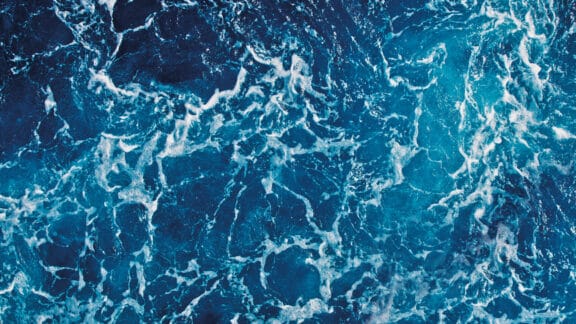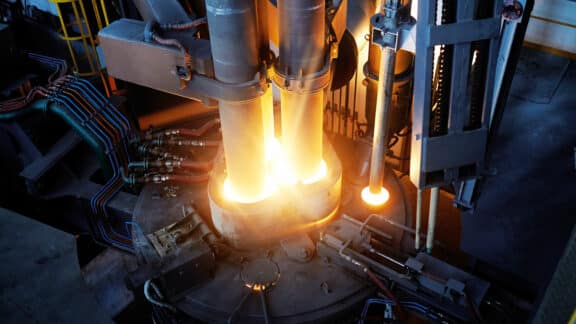 Next Generation Upstream Technologies
Next Generation Upstream Technologies
Fire represents the untamed energy required for life to find its way into this world. It is the archaic force behind natural phenomena such as volcanic eruptions and geysers. It also comes into play in steel production, where many upstream processes run at temperatures of 1,000 degrees Celsius or more. Compare a stream of lava to the glowing stream of liquid steel during blast furnace tapping—or a lightning strike to the rolling thunder coming from an electric arc furnace. The world of metals could not exist without the element of fire.
When making green steel production happen, the upstream area is the main target for taking action, certainly in terms of carbon emissions and energy efficiency. This simply has to do with the temperatures involved in virtually all reduction processes in ironmaking and treatment steps in steelmaking. A traditional production route also involves several stages that necessitate reheating—the less often this occurs, the better.
Arvedi Endless Strip Production is a solution that takes energy efficiency seriously, with a dramatic reduction in carbon emissions compared to a traditional production line that covers casting and rolling. Arvedi ESP is ideally combined with a power-saving electric arc furnace, such as the EAF Quantum. The EAF Ultimate, which is compatible with high-end steel production, will also address the issue of increased relevance of electric steelmaking and corresponding capacity targets.
While EAFs will happily accept scrap or quality hot-briquetted iron as feed material, other types of input material can prove problematic due to a higher proportion of impurities. In such cases, a Smelter—another technology showcasing the element of fire—can be the ideal solution. It removes the slag portion from the raw material so that the subsequent furnace can apply its force.
ELECTRIC STEELMAKING TECHNOLOGIES
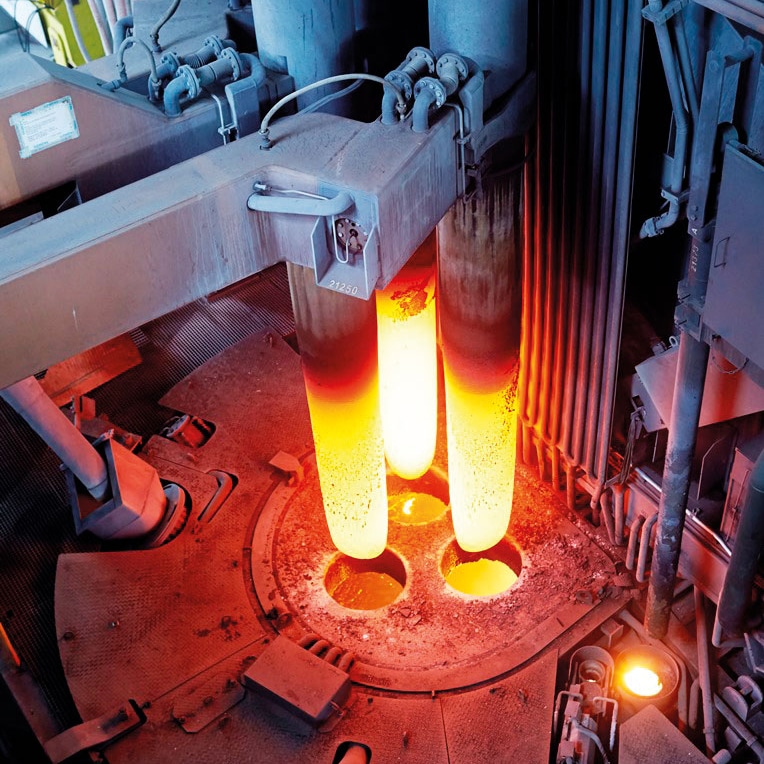
Even though many producers of top-level steel grades are currently relying on integrated steel plants, this is bound to change. Electric steelmaking has the benefit of being substantially greener—in terms of circularity and emissions. Compared to the production route that includes a sinter plant, blast furnace, and basic oxygen furnace, the electric steelmaking based route is in a completely different league regarding environmental compatibility—especially if the electric arc runs on green electrical energy. Primetals Technologies offers different electric arc furnaces to cover all possible use cases: from the energy-saving EAF Quantum to the EAF Fusion with its adaptive raw-material mix and the uniquely powerful EAF Ultimate, the range of furnaces is unparalleled. Learn more about electric steelmaking at primetals.com.
ENDLESS CASTING AND ROLLING
Arvedi Endless Strip Production (ESP) is the world’s only truly endless thin-slab casting and rolling solution. Its innovative design allows it to operate at a zero-carbon footprint (based on “Scope 1” calculations). Arvedi ESP minimizes the need for reheating the steel after casting and produces hot-rolled coils on par with traditionally cold-rolled strip. The resulting “direct-application” steel is a highly desirable base material for manufacturers of automotive components and structural steel products, among others. Arvedi ESP’s product range includes ultra-low- to high-carbon steel grades, high-strength low-alloyed grades, advanced high-strength steels such as multi-phase, and various alloyed—for instance silicon—steels, at strip thicknesses from 0.6 to 25.4 millimeters. Learn more about Arvedi ESP in “Endless Production: Arvedi ESP Means Green Steel.”
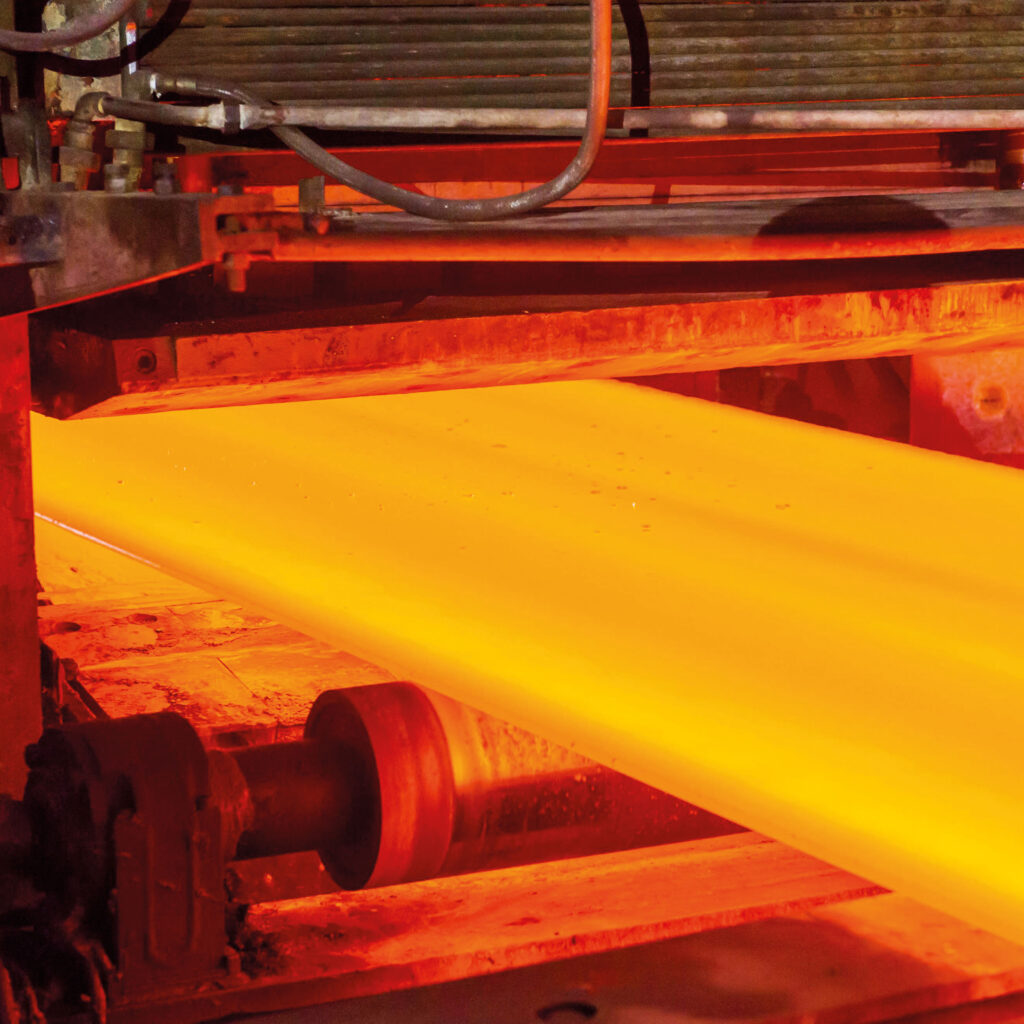
SEQUENCE IMPULSE PROCESS
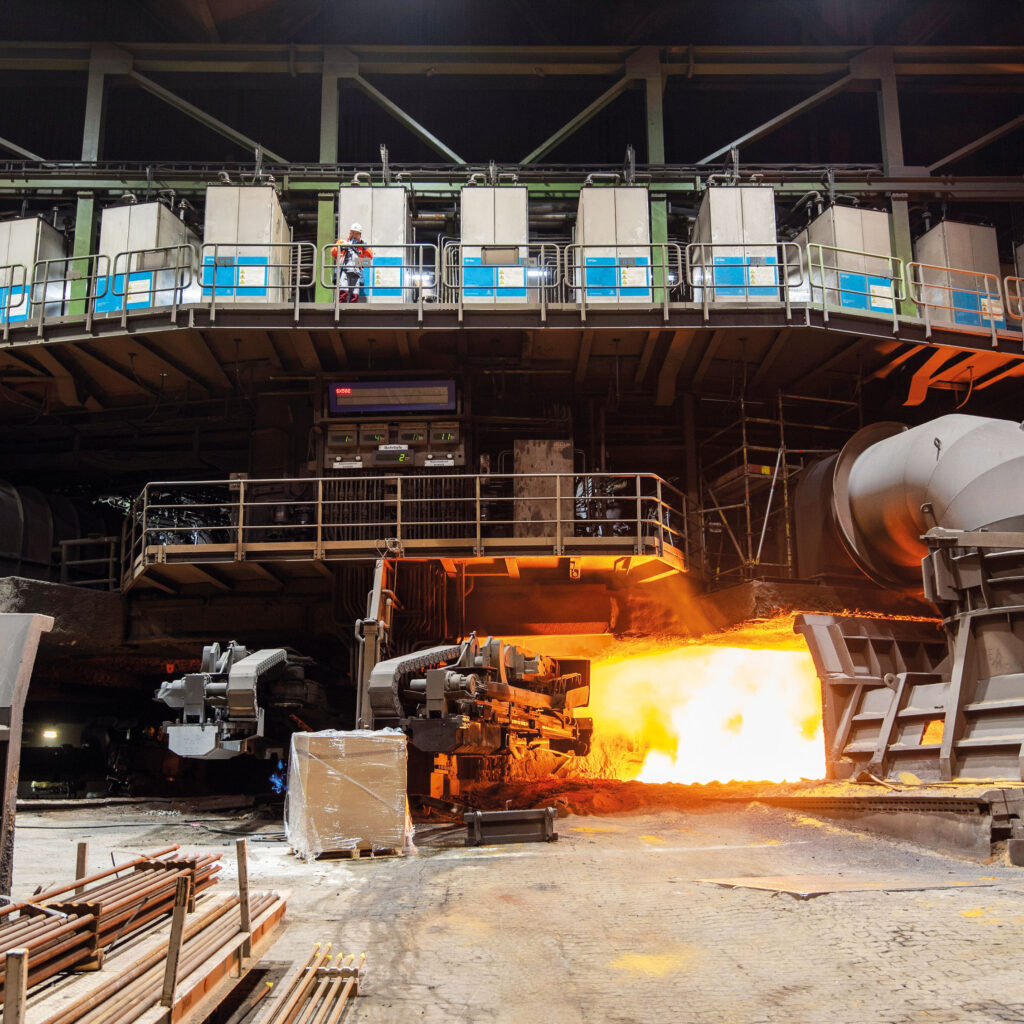
The road to green steel is one that many producers prefer
to go down gradually, making incremental changes to their plants to lower their carbon footprint step by step. The newly developed Sequence Impulse Process (SIP) optimizes the injection of oxygen and coal into the blast furnace, thereby improving furnace performance and process stability. It works by superimposing periodic bursts of oxygen on the steady flow of hot air to the blast furnace, which leads to a better conversion behavior of coal particles. Not only does SIP represent a significant step toward greener ironmaking, but it also makes great economic sense: SIP typically pays for itself within a 12-month period, and the reduction in carbon emissions also means lower tax-related costs.

